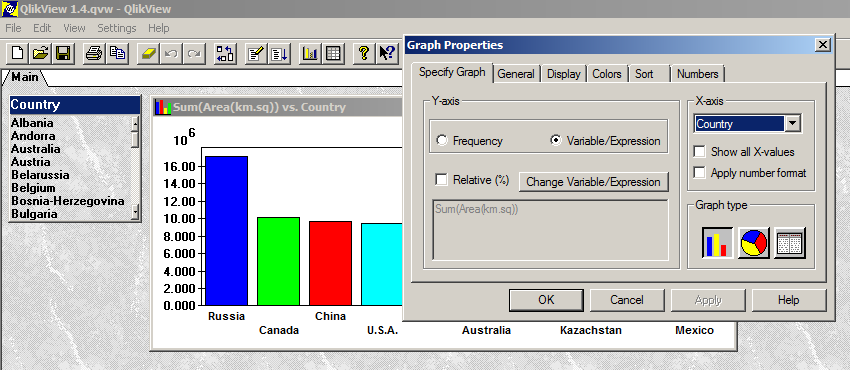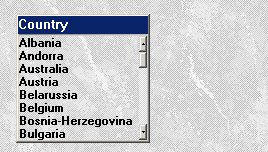Unlock a world of possibilities! Login now and discover the exclusive benefits awaiting you.
- Qlik Community
- :
- Discover
- :
- Blogs
- :
- Product
- :
- Design
- :
- A Historical Odyssey: QlikView 1
- Subscribe to RSS Feed
- Mark as New
- Mark as Read
- Bookmark
- Subscribe
- Printer Friendly Page
- Report Inappropriate Content
1994 was the year when the Swedish soccer team took bronze in the world championships. It was also the year the channel tunnel opened. Boris Yeltsin was the Russian president and Bill Clinton was one year into his first term. 1994 was also the year when the first version of QlikView - or QuikView - was released.

Version 1.0 had only the logical inference between fields – it had no graphics capabilities and no calculations were possible. But during the lifetime of QlikView 1 graphics and numeric calculations were added and by the release of version 1.42, QlikView had the same basic structure as we still have today: a multi-table relational data model, a logical inference engine, and graphs that hold no data of their own but instead are calculated on the fly based on the result of the logical inference.
Further, the conceptual idea of an “app” came with QlikView 1: the holy document. A QlikView document is in its basic form still today a self-contained file that holds all necessary information: a snapshot of data, layout information, and information on how the data should be refreshed. A user can have several documents, each corresponding to a specific area of the data. The document can be mailed to other users and no installation is necessary. This approach ensured portability and has been key to simplifying backward and forward compatibility as well as compatibility between QlikView Desktop and QlikView Server.

The mid nineties were also the time when 32-bit Windows software started to emerge. Most programs, as well as Windows 3.1 itself, were only 16-bit, but if you installed the Microsoft Win32s module, you could also run 32-bit programs. Consequently, several of the QlikView 1 releases were produced in both a 16-bit version and a 32-bit version. In 1995 Microsoft released Windows 95 and although we today are not very impressed by this operating system, it was at the time a big leap forward. After that, 32-bit programs became standard.
With the 16-bit QlikView you could only have 16,000 distinct values in a field and 65,000 records in a table. These limits were however not a huge problem because most of the analysis in those days was made on data sets with few distinct values and often with pre-aggregated data. By the introduction of the 32-bit QlikView, these limits were removed and this opened up the field for transactional analysis. It would take many years before the new limit of 2GB memory would become a problem.
Much of what was invented in QlikView 1 is still there today, in QlikView 11. In fact, the principal features from QlikView 1 are the core of the modern QlikView; they are the foundation of how QlikView still works today.
However, there is one thing from QlikView 1 that I miss – the marble background…

Further reading on the Qlik history:
A Historical Odyssey: Quality - Learning - Interaction - Knowledge
You must be a registered user to add a comment. If you've already registered, sign in. Otherwise, register and sign in.